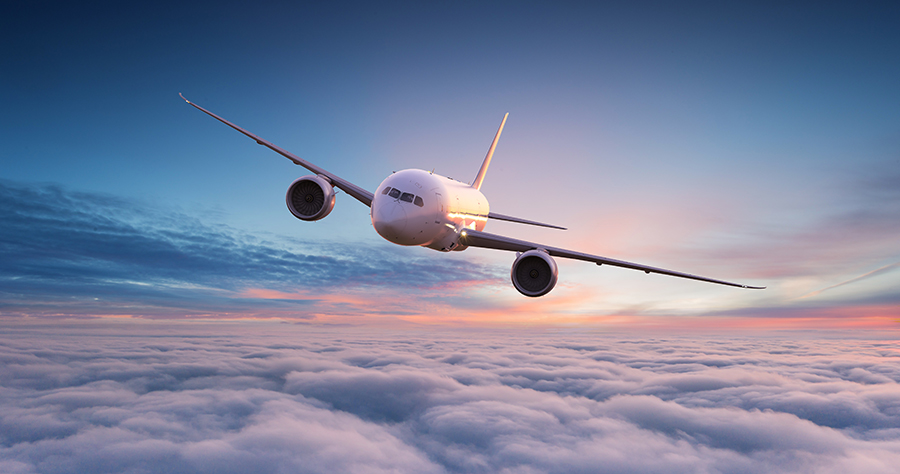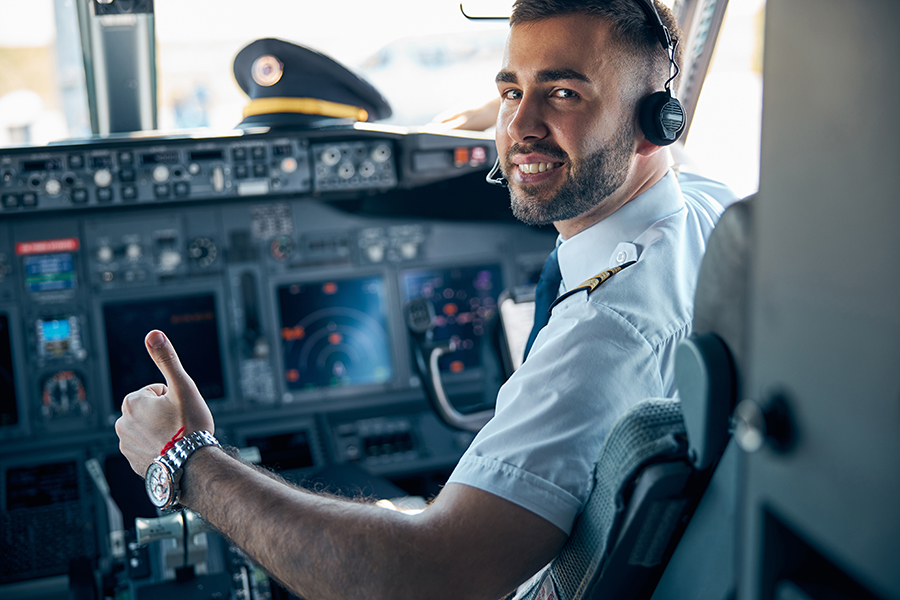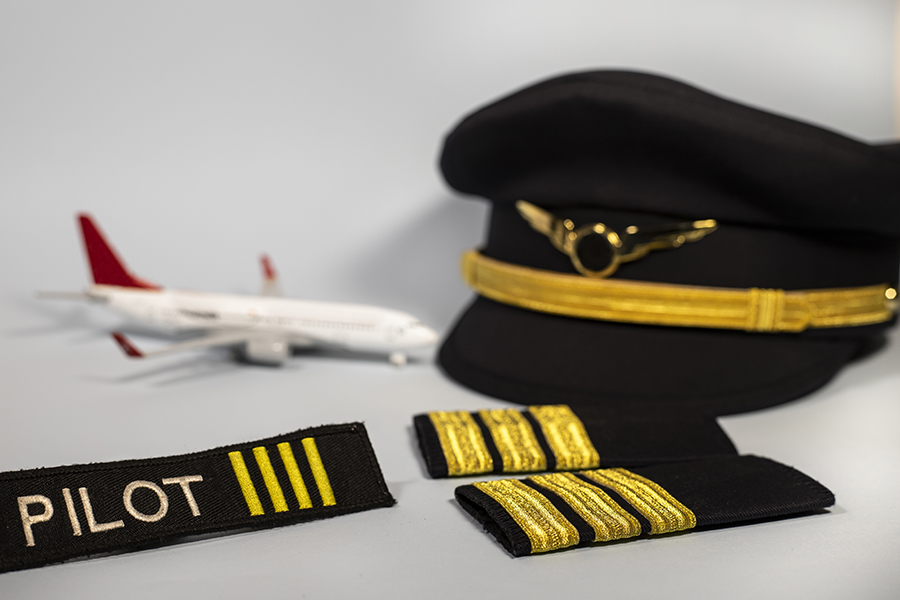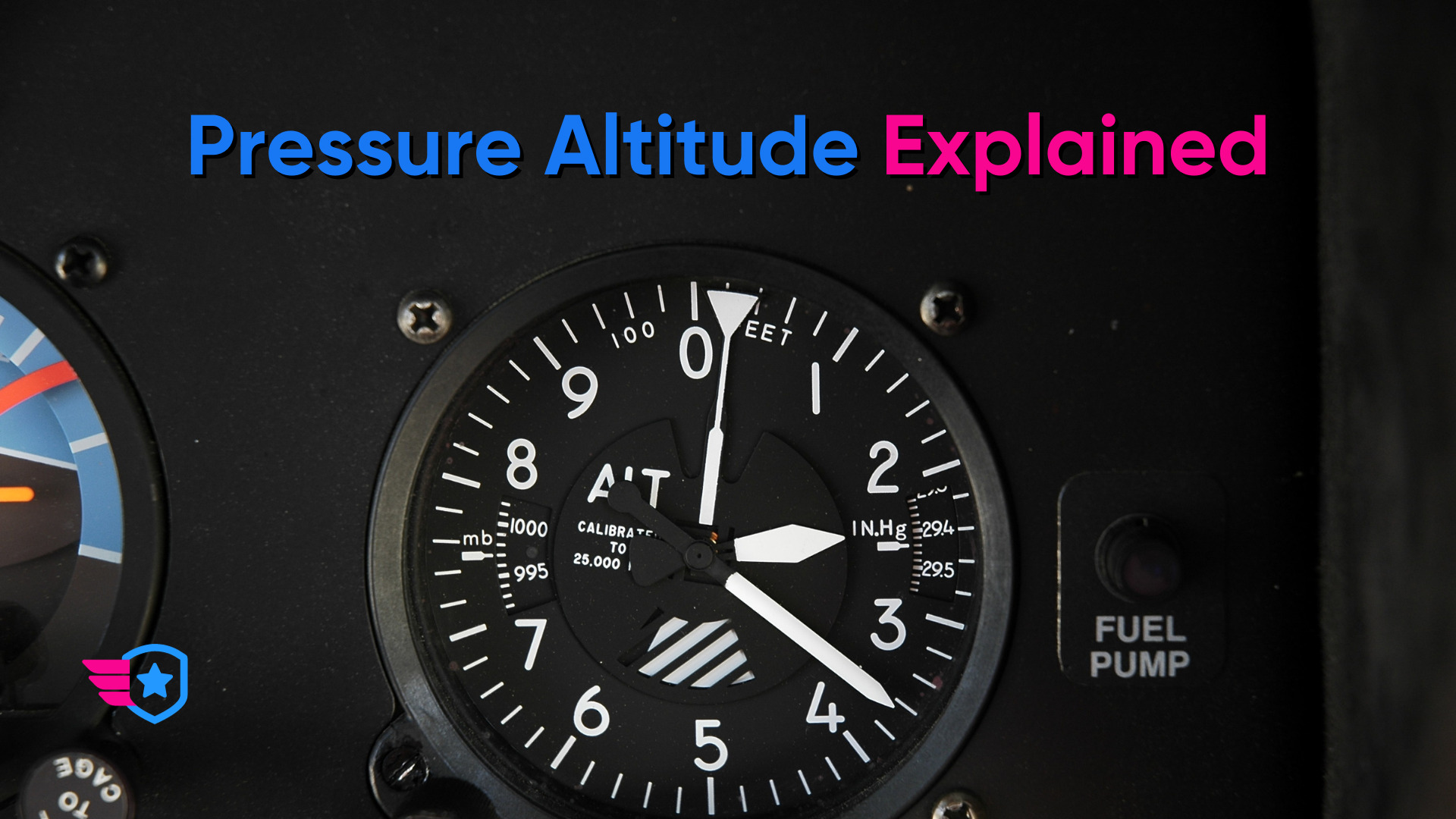Airplanes come in all shapes and sizes, and the cost of owning and operating one can vary greatly. From the inexpensive thrill of soaring in a glider to the massive expense of a commercial airliner, there is a lot to consider regarding the cost of the flight.
In this article, we’ll look at the various factors that influence the cost of an aircraft and provide an overview of what different types of planes cost. Whether you’re a seasoned pilot, an aviation enthusiast or just curious about the costs associated with flight, this blog is a must-read.
Here’s a quick summary:
- Gliders / Ultralights: $8,000 – $100,000
- General Aviation Airplanes: $100,000 – $1,000,000
- Small Private Jets / Single-Engine Turboprops: $1 million – $10 million.
- Large Private Jets / Regional Jets: $10 million – $80 million
- Commercial Airliners: $80 million – over $200 million
How Much Do Airplanes Cost?
The cost of an airplane varies greatly depending on its size, capabilities, and intended use. Let’s explore each type in detail.
Gliders and Ultralights Price
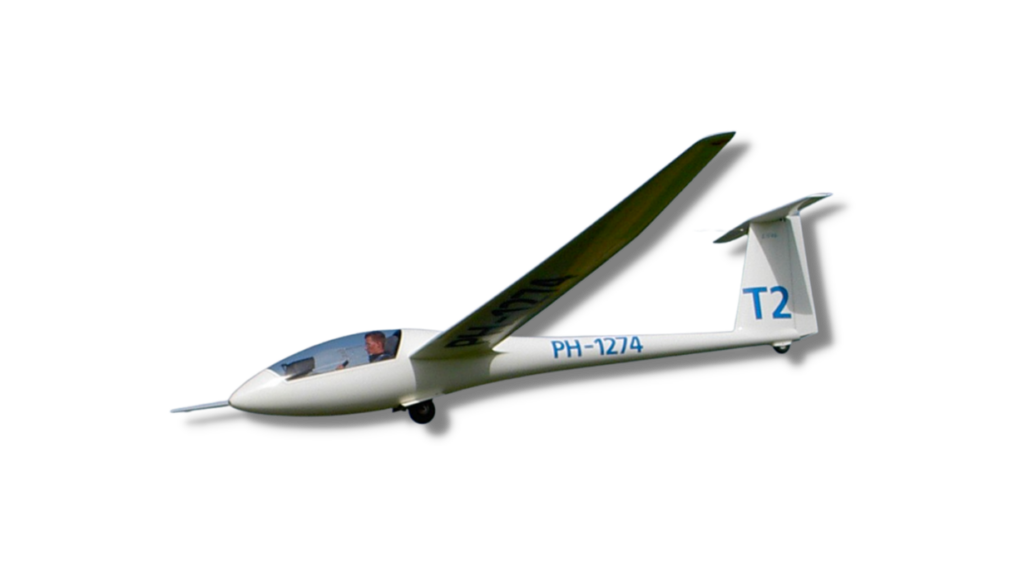
Gliders, also known as sailplanes, are powered only by rising air currents and are typically used for recreational purposes.
Gliders and ultralights are some of the least expensive airplanes available, with prices ranging from a few thousand to tens of thousands of dollars, with used gliders available for even less. Competition gliders can cost hundreds of thousands of dollars.
Ultralights, also known as microlights, are small, lightweight aircraft powered by a small engine. These aircraft are often used for personal recreation and sport, costing anywhere from $5,000 to over $50,000.
While gliders and ultralights are relatively inexpensive compared to other types of aircraft, it’s important to remember that their capabilities are also more limited. Gliders, for example, are not powered and therefore require favorable weather conditions to fly. Ultralights typically have a shorter range and lower altitude capability compared to other aircraft and are also more susceptible to weather conditions.
However, gliders and ultralights offer a great starting point for those seeking a cost-effective way to experience flight. The low cost and simplicity of these aircraft also make them a popular choice for those who enjoy aviation as a hobby.
General Aviation Airplane Price
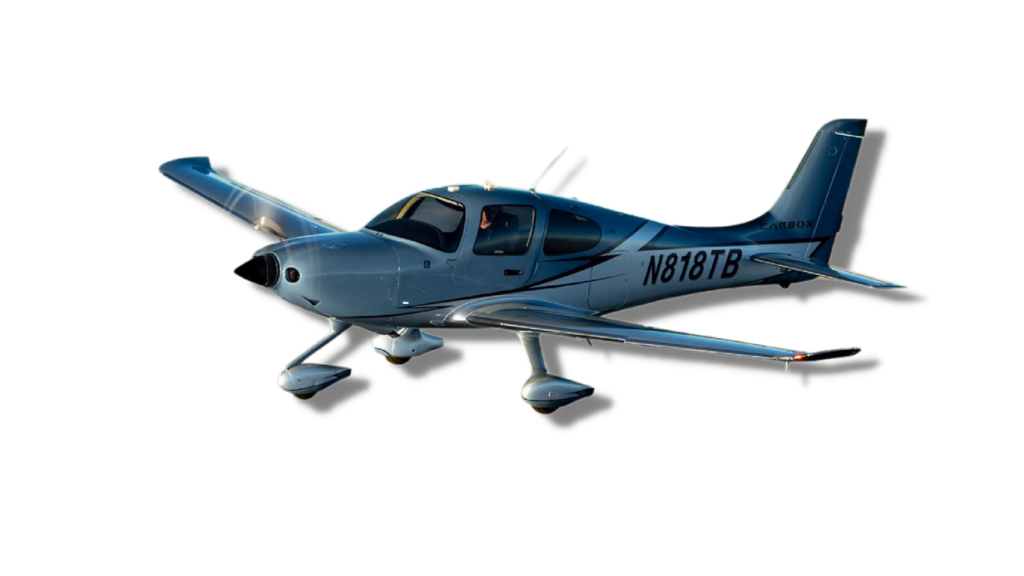
General aviation airplanes are a diverse category of single-engine and small multi-engine planes. These aircraft are used for various purposes, including personal recreation, flight training, and business travel. The cost of a general aviation airplane can vary greatly depending on factors such as the type of aircraft, its capabilities, and its intended use.
General aviation planes, such as single-engine and small multi-engine aircraft, typically cost anywhere from $100,000 to $1 million.
Small single-engine airplanes are typically the most affordable option in the general aviation category, with prices ranging from $100,000 to $300,000 or more. These aircraft are well-suited for personal use, such as recreational flying or commuting, and can also be used for flight training. Even on the lower end of the price range, some of these aircraft are capable of flying in unfavorable weather conditions.
Small multi-engine planes are typically more expensive, ranging from $500,000 to $1 million or more. These aircraft are used for a broader range of purposes, including business travel, air ambulance services, and aerial photography. Small multi-engine aircraft are more complex to fly and typically far more expensive to purchase and operate than single-engine aircraft. Still, they usually allow more significant performance and safety compared to their single-engine counterparts.
Small Private Jet Price
Small private jets, also known as light jets, are a popular choice for individuals and businesses looking for a convenient and comfortable way to travel. These aircraft offer many of the amenities of larger private jets, such as spacious cabins, luxurious interiors, and advanced avionics, but with a smaller size and lower operating cost.
The cost of a small private jet, such as the Phenom 300 or Cessna Citation Mustang, can range from $3 million to $25 million or more.

Single-engine turboprops, such as the Pilatus PC-12 or the SOCATA TBM 900 series, are popular with those seeking a cost-effective way to travel while maintaining the capabilities and safety of twin-engine jet aircraft. These aircraft offer improved speed and range compared to single or twin-engine piston planes in the general aviation category, and are typically used for personal travel, air ambulance services, and executive transportation.
Turboprop aircraft also offer greater flexibility regarding airport availability; They can take off and land at airports that may not be accessible to larger jet aircraft (and, sometimes, even small piston engine aircraft) due to their unique reverse thrust capabilities and lighter weight. Prices for single-engine turboprops can range from $1.5 million to $7 million or more.
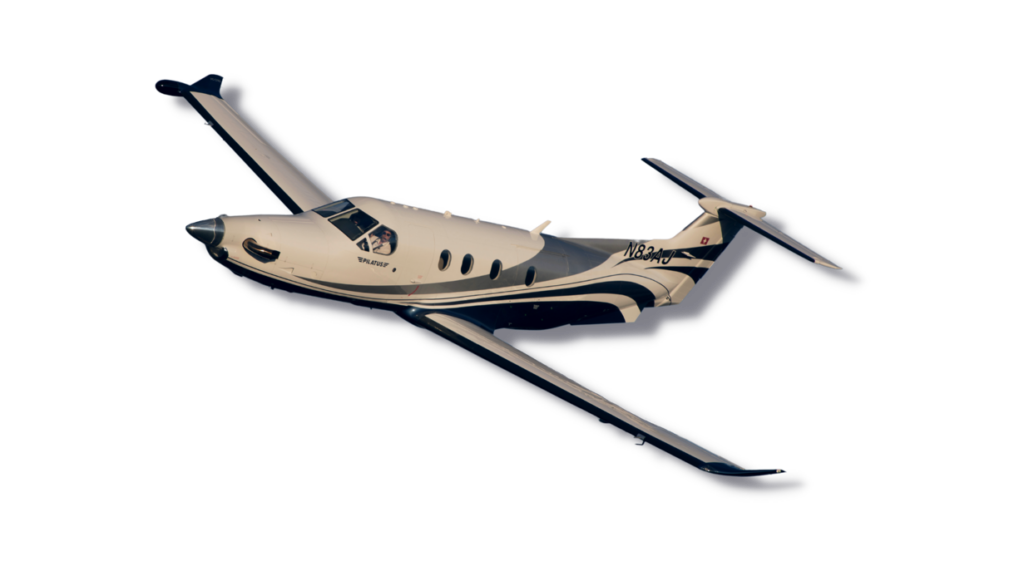
Small twin-engine turboprops, such as the Beechcraft King Air, were typically used as an alternative to small jet aircraft but have faced intense competition from smaller jet aircraft, such as the Phenom 100 and Cessna Citation Mustang, as well as modern turboprop aircraft, such as the PC-12 or SOCATA TBM 900 mentioned earlier. Despite the competition, the second-hand King Air market remains competitive, and the King Air Series is still widely used for various roles other than transportation.
Regional Jet Price
Large private jets, also known as heavy jets, are a popular choice for individuals and businesses that require long-range capabilities and luxurious interiors. These aircraft, such as the Gulfstream G series or Embraer Legacy series, offer spacious cabins, advanced avionics, and many of the same amenities found on commercial airliners, but with the added convenience of private ownership and the capability of long-range travel.
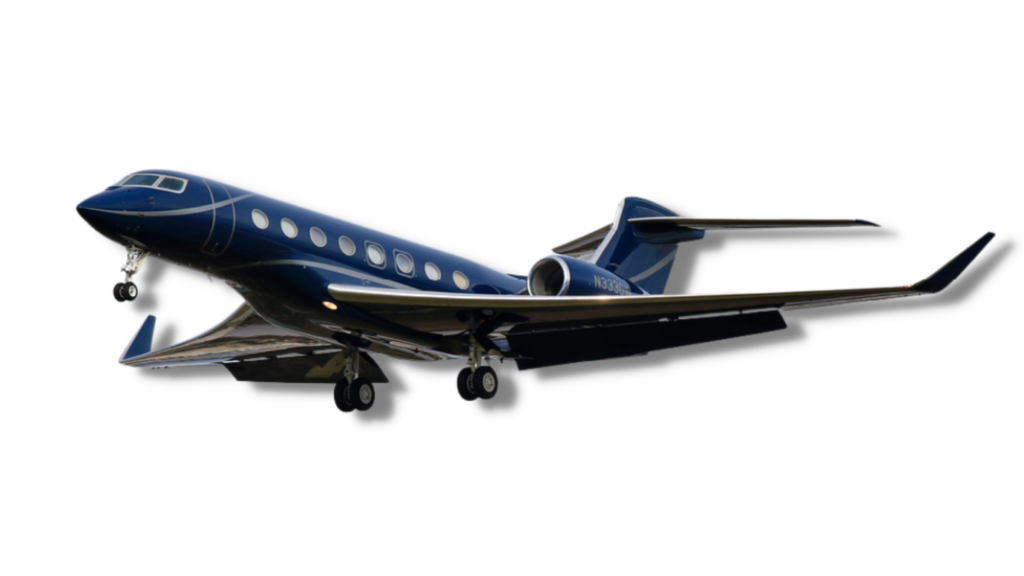
Regional jets, such as the Embraer ERJ family, are aircraft typically used by airlines to serve smaller markets, connecting passengers to larger hubs. Twin-engine turboprop aircraft, such as the ATR series and De Havilland Canada Dash 8 (DHC-8), are also used similarly, often for shorter routes or short/remote runways.
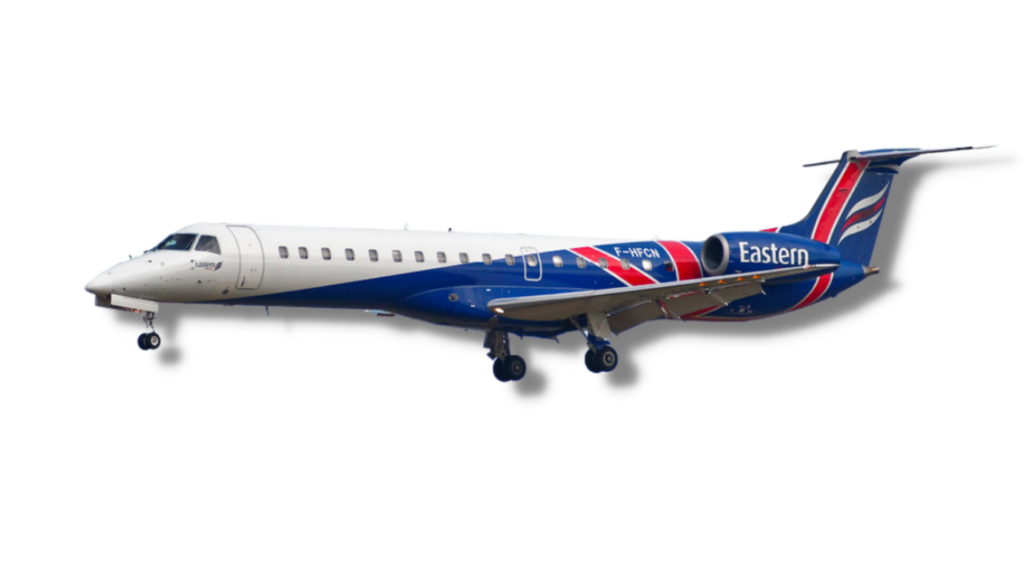
The cost of a large private jet or regional airliner can range from $8 million to $80 million or more.
Airliner Price
Commercial airliners are large aircraft used by airlines to transport passengers and cargo on a large scale. The cost of an airliner can vary greatly, depending on the range and amount of passengers it can carry.
Smaller airliners, such as the Boeing 737 or the Airbus A320, are used by airlines to serve regional markets. These aircraft offer a cost-effective and efficient solution for airlines, with prices ranging from $50 million to $100 million or more.
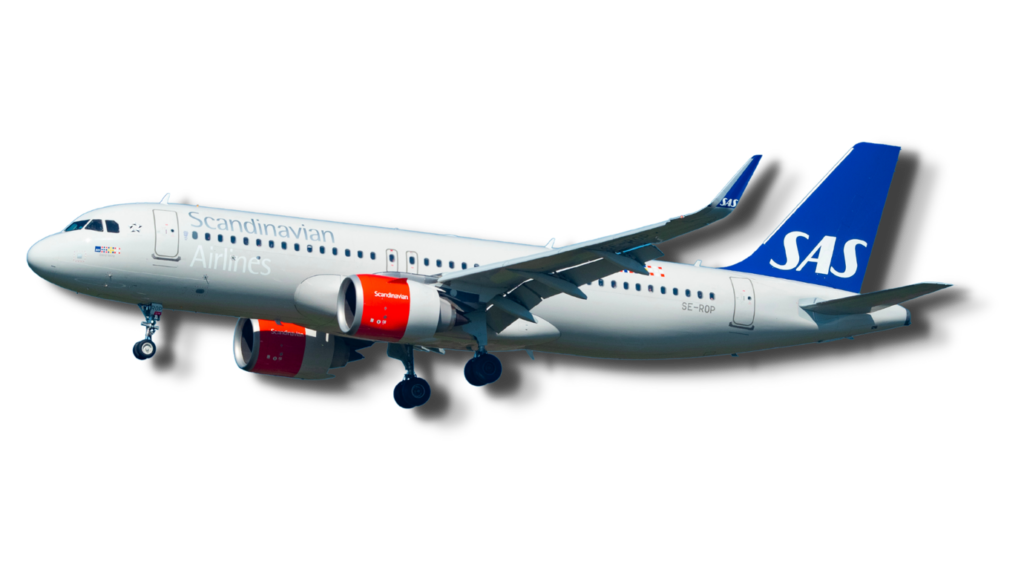
Larger airliners, such as the Boeing 747 or the Airbus A380, are used by airlines to serve long-haul markets. Prices for these large airliners can range from $200 million to $400 million or more, and they are typically only used on international routes.

Additional Costs
The purchase price of an aircraft is not the only cost to consider, as there are many additional and ongoing costs of ownership and operation of an airplane.
Fuel
Fuel costs are one of the most significant expenses associated with operating an aircraft, and they can represent a substantial portion of the total cost of ownership and operation. Fuel costs can vary greatly depending on several factors, including:
- Type of aircraft: Different types of aircraft consume fuel at different rates, so it’s essential to consider an airplane’s fuel efficiency when evaluating the cost of ownership. For example, modern aircraft with advanced engines and aerodynamics tend to be more fuel-efficient than older, less advanced aircraft.
- The number of hours flown: The more an aircraft is flown, the more fuel it will consume. This is why the number of hours flown is a vital factor to consider when evaluating fuel costs.
- Cost of fuel: The cost of fuel can vary greatly depending on several factors, including location, market conditions, and taxes. In some regions, the cost of aviation fuel can be significantly higher than in others, so it’s essential to research the cost of fuel in your area when evaluating the cost of ownership.
- Fuel capacity: An aircraft’s fuel capacity affects the total fuel cost. A larger fuel capacity means more fuel can be carried, reducing the need for frequent refueling and additional stops along a route. Furthermore, the aircraft can refuel at an airport with cheaper fuel and use that less expensive fuel for longer (a practice known as “tankering”).
It’s important to consider fuel costs when evaluating the cost of ownership and operation, as they can significantly impact the overall cost of an aircraft. To minimize fuel costs, it’s important to choose a fuel-efficient aircraft, fly it as efficiently as possible, and plan ahead to take advantage of favorable fuel prices when possible.
Maintenance
Maintenance and repairs are critical components of owning and operating an aircraft, and they can represent a significant portion of the total cost of ownership and operation. Maintenance costs can vary greatly depending on several factors, including:
- Type of aircraft: Different types of aircraft have different maintenance requirements, and some types of airplanes require more maintenance than others.
- Age of aircraft: As an aircraft ages, it may require more frequent and extensive maintenance and repairs. This is why it’s essential to consider the age of an aircraft when evaluating the cost of ownership.
- Level of use: The more an aircraft is flown, the more wear and tear it will experience, which can increase the need for maintenance and repairs.
- Location: The cost of maintenance and repairs can vary greatly depending on the location, with some regions having higher labor costs and more limited access to repair facilities.
Insurance
Insurance is a critical component of owning and operating an aircraft, as it helps to protect against the financial consequences of accidents, damage, or general repairs. Insurance costs can vary greatly depending on several factors, including:
- Type of aircraft: Different types of aircraft have different insurance requirements, and some types may be considered higher risk than others. For example, larger and more complex aircraft may have higher insurance costs than smaller and simpler aircraft.
- Age of aircraft: The age of an aircraft can affect the cost of insurance, as older aircraft may be considered a higher risk due to potential mechanical or structural issues.
- Level of use: The more an aircraft is flown, the greater the risk of an accident or damage, which can increase the cost of insurance.
- Location: The cost of insurance can vary depending on the location, with some regions being considered higher risk than others. For example, locations with a higher risk of theft, weather-related damage, or terrorism may have higher insurance costs.
Crew
Crew costs can represent a significant portion of the total cost of owning and operating an aircraft, especially for larger and more complex aircraft. Crew costs include salaries, benefits, training, and other expenses associated with staffing the cockpit or flight deck (including pilots, cabin crew, and ground crew). Some of the factors that can affect crew costs include:
- Type of aircraft: Different types of aircraft require different levels of the crew, and some types of aircraft may require more crew than others. For example, larger airliners typically require more crew than smaller private jets or general aviation aircraft.
- Type of operation: Different operations, such as commercial passenger flights, cargo flights, or private charters, can require different levels of crew and have different crew requirements.
- Crew standby time: The cost of a crew that is always available is far higher than a crew that is only on duty during specific periods. Additionally, pilots have legal limits to how long they can fly or even be on standby during a particular period, meaning you may need multiple crews to fully staff an aircraft at all times.
Hangar and Storage
Hangar and storage costs refer to the cost of storing and maintaining an aircraft when it is not in use. This can include the price of a hangar, tie-down space, or outdoor storage area, as well as associated costs such as utilities, security, and maintenance. Some of the factors that can affect hangar and storage costs include:
- Type of aircraft: Different types of aircraft have different storage requirements, and some types of aircraft may require more space or specialized facilities than others. For example, larger aircraft may need larger hangars, while smaller aircraft may be able to be stored outdoors or in smaller facilities.
- Location: The cost of hangars and storage can vary depending on location, with some areas being more expensive than others. Factors such as proximity to an airport, climate, and regional demand can all affect the cost of hangar and storage.
- Maintenance requirements: The maintenance requirements of an aircraft can affect the cost of storage, as some types of aircraft may require more specialized facilities or equipment to maintain them.
In general, it’s important to factor in the cost of hangar and storage when evaluating the cost of owning and operating an aircraft, as these costs can add up over time and significantly impact the overall cost of the aircraft. Also, consider whether purchasing or leasing storage space is more cost-effective.
Taxes
Taxes applicable to an aircraft can be an additional expense or an attractive tax deduction, depending on the type of operation the aircraft is involved in and where it is legally registered.
For example, if the aircraft is used for business purposes, the costs associated with operating and maintaining the aircraft may be tax-deductible.
On the other hand, the costs associated with owning and operating the aircraft may not be tax-deductible if the aircraft is used primarily for personal use.
The specific taxes that apply to an aircraft can vary depending on the jurisdiction in which the aircraft is located or registered. For example, some countries have lower taxes for aircraft registered in their jurisdiction, while others have higher taxes for aircraft, particularly when the aircraft is not based in the country.
Conclusion
In conclusion, the cost of an aircraft can vary greatly depending on several factors, including the type of aircraft, its size, and its intended use. From inexpensive gliders and ultralights to large commercial airliners, the cost of acquiring an airplane is just the beginning. Several additional costs are associated with owning and operating an aircraft, including fuel, maintenance, insurance, crew, storage, and taxes.
Understanding the full scope of these costs is essential before deciding to purchase or lease an aircraft, as the ongoing expenses can add up quickly.
Additionally, taxes can be an attractive deduction on an aircraft. To ensure that the aircraft is structured and operated to minimize the tax burden and maximize any available tax benefits, it’s important to work with a tax specialist or financial advisor.
Overall, the cost of an aircraft is a complex and multifaceted issue, and it’s essential to consider all the costs involved before making a decision to purchase or lease an aircraft.
You probably won’t be buying a $400 million Airbus A380 any time soon, however…
